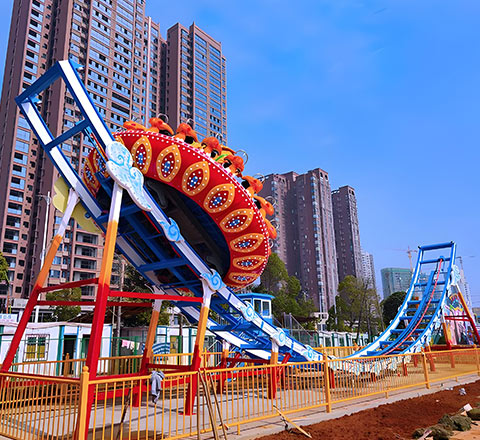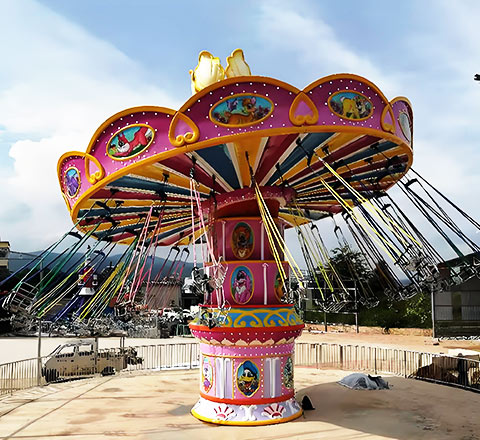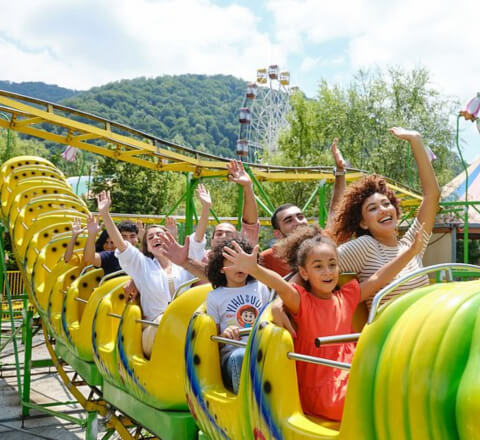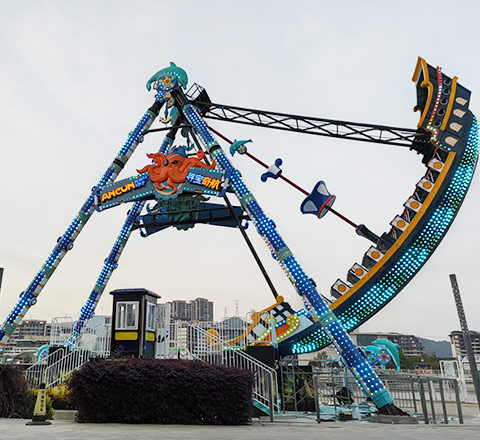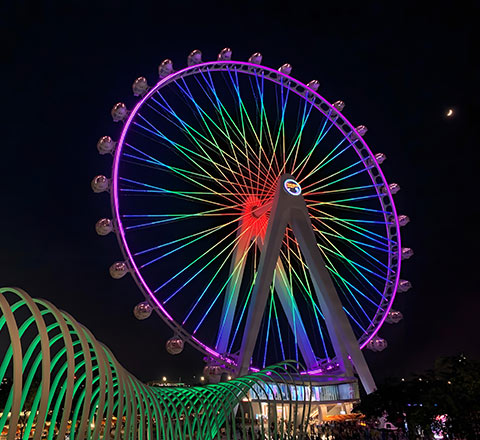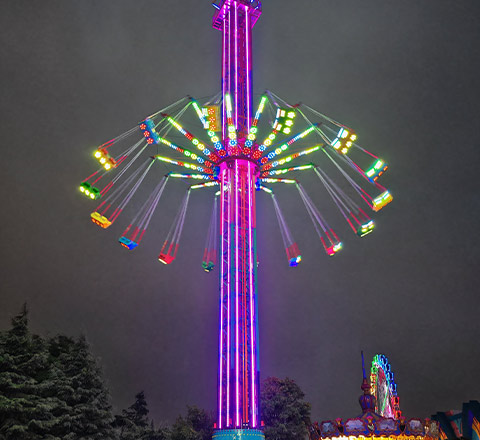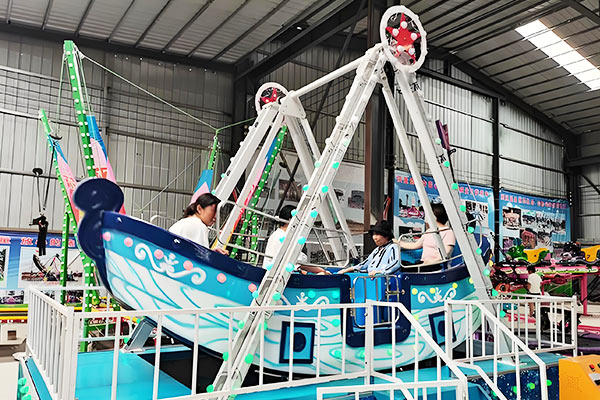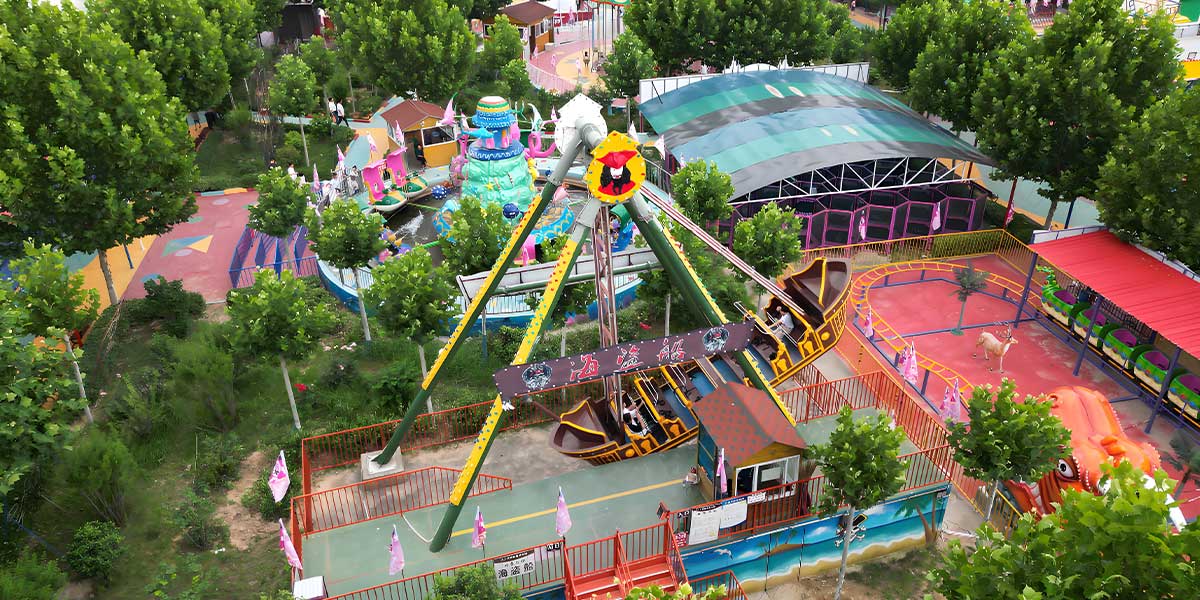
Ever watched a pirate ship ride at a fair or amusement park and wondered, “Is this really safe for my family?”
You see children’s faces light up, parents taking photos, and the giant boat swinging higher and higher.
But as a park owner or manager, the real question is:
How do I make sure nobody gets hurt? How do I keep this pirate ship ride safe?
Safety isn’t just a rule—it’s what keeps your business running, your guests happy, and your reputation strong.
This easy-to-follow guide covers everything you need to check, from strong seat belts to emergency stops, operator training, and weather precautions.
If you want peace of mind—and want your customers to come back again and again—read on.
Curious how a pirate ship ride actually works? Check out this clear guide: How Does The Pirate Ship Ride Work?
Why Pirate Ship Ride Safety Is Critical
Pirate ship amusement ride swings high and fast. If a single bolt fails or a safety bar doesn’t lock, it’s not just about a short delay—it could mean injuries, lawsuits, or worse.
Your customers never see the safety checks, but they trust you’ve done all the right work.
Safety is what quietly builds trust and keeps families coming back.
Let’s break down what truly matters—step by step.
Five Key Questions Every Buyer Should Ask
Before you sign any contract or agree to buy a pirate ship ride, always ask:
- Does this pirate ship boat ride meet CE / ISO / ANSI safety standards?
- Can it pass your local authority’s inspection the first time?
- Is the safety system redundant, or is there just one line of failure?
- Has it been load-tested with real simulations?
- Are there daily, weekly, and yearly safety checklists included in the manual?
If a seller can’t answer these questions clearly, walk away.
Want a complete buying checklist? Read: How to Choose the Best Pirate Ship Ride for Your Amusement Park
40-person Big Pirate Ship Ride
Size: L14.5mxW8.5xH14.6m
Single Swing Angle: 60°
Power: 50kW
Voltage: 380V
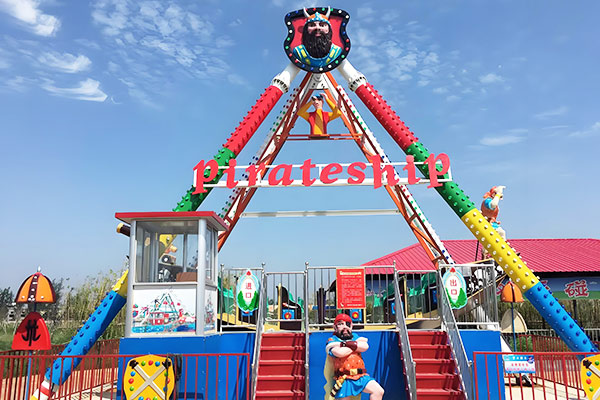
Safety Measures For the Swinging Boat Ride
Wondering what the safety measures are for pirate ship amusement rides? Here are the key steps every operator must follow:
Structure and Build Quality
- Strong steel frame with reinforced welds
- Corrosion-resistant materials for outdoor use (like FRP and stainless steel)
- Designed for local wind and snow loads
Rider Restraint Systems
- Pressure bar and seatbelt—both must lock before the ride starts
- Sensors to check that all safety bars are properly locked
- Manual override lockouts for extra safety
Control and Emergency Features
- The emergency stop button is always within easy reach
- Backup power to handle unexpected blackouts
- Auto-stop feature if the ship swings too high
Rider-Focused Safety: The Details Guests Notice
Parents always check for seat belts and bars first.
They notice if the staff looks confident or not.
Age and Height Restrictions
Real-Time Supervision
- No riders under 3 years old
- Every rider must be tall enough for the bar to fit securely
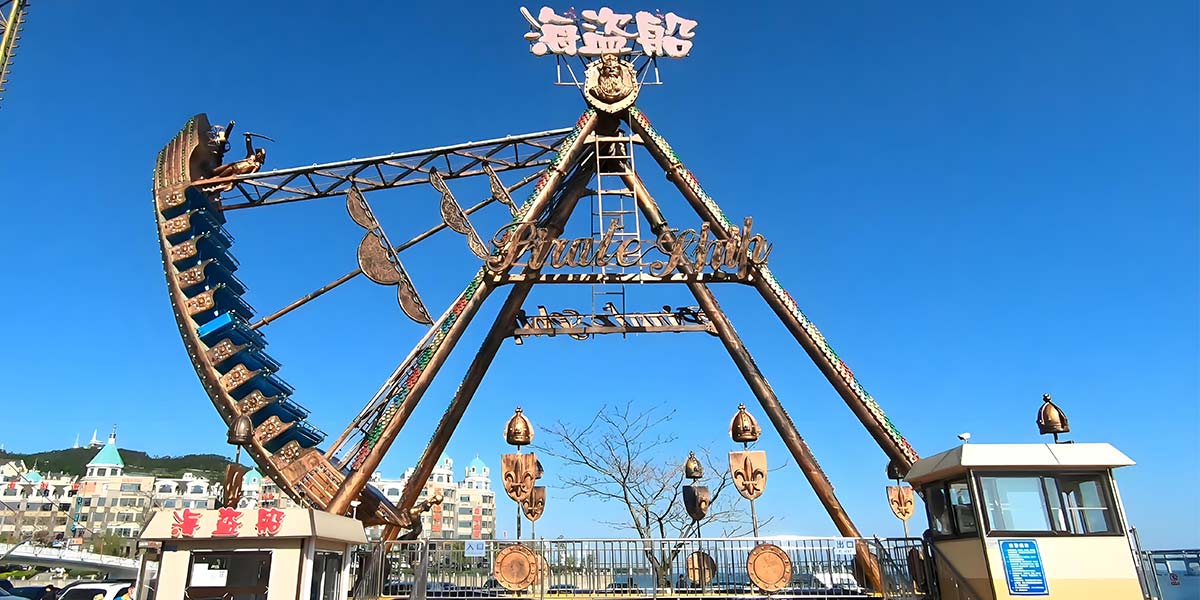
- Staff check every seat and every bar, every time
- No “visual check only”—all restraints are physically tested
- Operators know the evacuation plan if the ride stops mid-swing
Inspections and Maintenance: Your Best Insurance
Insurance is great, but your real safety net is daily, routine checks.
Daily Checklist
- Are all bar and belt locks working?
- Any loose bolts or worn anchor plates?
- Are the brake pads intact?
- Any noise, vibration, or tyre wear during operation?
Weekly/Monthly Tasks
- Lubricate moving parts and pivot points
- Check motors and hydraulic seals
- Test the emergency stop under real load
Always log your checks—if it isn’t written down, it didn’t happen. (Learn more: How to Maintain a Pirate Ship Amusement Ride: Complete Guide)
Operator Training: Your Front-Line Safety
Technology is helpful, but people make the real difference.
Every operator should:
- Know how to secure restraints for any rider
- Spot early warning signs (strange noises, movement, or fatigue)
- Practice monthly emergency drills
- Keep the manual and emergency contacts within reach
A well-trained operator is your strongest safety system.
(For more operation information, read: Operation Tips for Pirate Ship Ride )
Weather and the Pirate Ship Ride
Bad weather can turn a safe ride into a risky one.
Wind and Storm Sensors
- The ride shuts off automatically if the wind is too strong (usually 40–50 km/h)
Rain and Snow
- Floors must be non-slip
- All electrical parts must be protected
- FRP and other coatings must handle both heat and cold
If your park is in a freezing climate, plan seasonal shutdowns and proper storage.
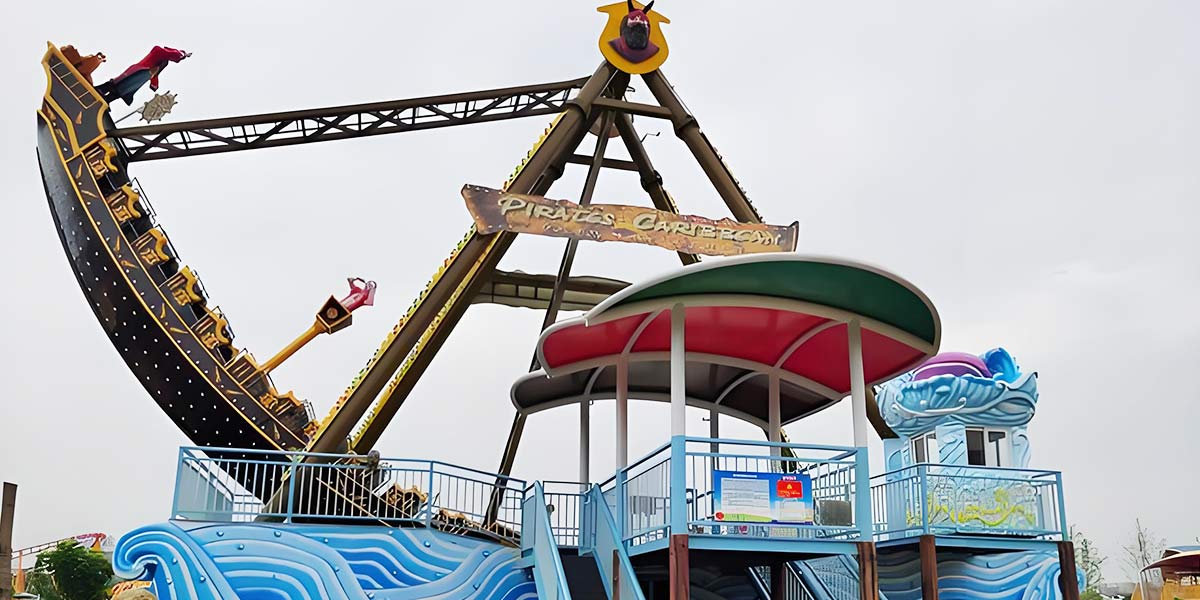
Documents You Need
Never rely on “we’ve always done it this way.”
Make sure you have:
- Certifications: CE, ISO 17842-1, ANSI/ASME B77.1
- Operator manuals with daily log sheets and fault codes
- Evacuation and emergency plans are both on file and printed at the ride
- Proof of warranty and insurance from the pirate ship ride manufacturer
Red Flags to Watch For
- No seat belts, only bars
- No physical restraint checks before starting
- The emergency stop button is hard to reach
- The manufacturer can’t provide past inspection reports
- Operators say, “I’ve never had to use the emergency stop.”
What Customers Remember
- Friendly, well-trained staff
- Restraints are checked on every guest
- Clear and enforced safety signs
- A ride that feels solid and runs smoothly
One safety mistake ruins trust. One safe ride builds loyalty for years.
Final Word: Safety Is Your Brand
Viking ship rides are fun and exciting—but only when everyone feels secure.
Get the build right.
Train your people.
Check everything—every day.
When safety comes first, you get more than happy guests.
You get a business people trust.
Looking for a pirate ship ride with safety built into every detail? Contact our engineers today—we help you build rides that keep families safe and smiling.

